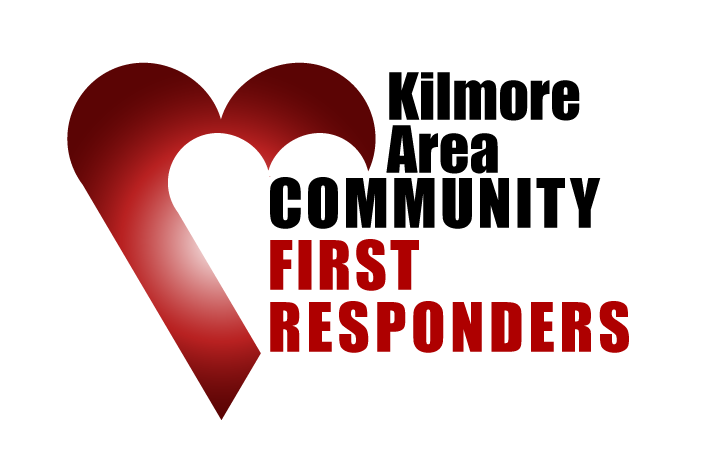What is a Stroke?
One in six people will have a stroke at some time in their life.
Most are over 65, but stroke can strike at any age. Even young people and children can be affected. A stroke could happen to you, a friend or family member. If it does, the more you know about stroke the better you will be able to deal with the consequences.
Until recently many people, including doctors, believed little or nothing could be done following a stroke. We now know strokes are very treatable and, if the right actions are taken quickly, the patient may not have any long term effects.
Therefore, recognising the symptoms and accessing treatment immediately can be crucial after a stroke. Knowledge of what a stroke can do to a person can also help to minimise its impact. This section explains what a stroke is, what causes stroke, and how it can affect people’s lives.
A stroke is a brain attack
A stroke occurs when a blood vessel, which is carrying oxygen and nutrients to the brain, bursts or is blocked by a clot. This causes an interruption of the blood supply to part of the brain. This can damage or destroy brain cells which will affect body functions.
For example, if a stroke damages the part of the brain that controls limb movement, a person’s ability to move an arm or leg may be affected. A stroke can also affect mental processes such as how people feel, think, communicate, or learn.
The term ‘stroke’ comes from the fact that it usually happens without warning, ‘striking’ the person from out of the blue. The effects of a stroke on the body are immediate.
What is a TIA?
A TIA stands for transient ischaemic attack. It is also known as a mini-stroke and happens when the brain’s blood supply is briefly interrupted, usually for a few minutes.
A mini-stroke may cause a brief loss of vision, loss of speech, or weakness in one side of the body. People will usually recover within a few minutes and won’t have any obvious disability.
TIAs are caused by small clots. A large clot causes a stroke. A mini-stroke is a warning that there is a risk of more TIAs, or a full blown stroke.
How do you recognise a stroke?
Stroke symptoms include:
- Numbness, weakness, or paralysis on one side of the body
- Slurred speech, difficulty thinking of words or understanding other people
- Confusion
- Sudden blurred vision or sight loss
- Being unsteady on your feet
- Severe headache
How to Act F.A.S.T.
A simple test can help you recognise if someone has had a stroke:
- Facial weakness – can the person smile? Has their mouth or eye drooped?
- Arm weakness – can the person raise both arms?
- Speech problems – can the person speak clearly and understand what you say?
- Time to call 112/999 for an ambulance if you spot any one of these signs.
- Learn more here.
What Causes Stroke?
1. Ischaemic Stroke: Over 80% of strokes are caused by a blockage of an artery supplying blood to the brain. This is known as an ischaemic stroke. It is caused by:
- A blood clot that forms in a main blood vessel (artery) to the brain. This is called a cerebral thrombosis. Clots form in arteries that already have been narrowed by a condition call atherosclerosis (hardening of the arteries). Atherosclerosis causes fatty material to build up along the inner lining of the arteries so that they become narrower and the blood flowing through them becomes more likely to clot. Lifestyle risk factors for atherosclerosis include high cholesterol, smoking, high blood pressure, diabetes, obesity and physical inactivity.
- A partial clot that may form in the heart or the blood vessels of the neck which is carried in the bloodstream to the brain and gets lodged in an artery. This is a cerebral embolism.
- A blockage that occurs in the tiny blood vessels deep in the brain. This is a lacunar stroke.
2. Hemorrhagic stroke: Up to 20 per cent of strokes are caused by a bleed into the brain from a burst blood vessel. This is called a cerebral haemorrhage and causes the more serious kind of stroke.
Why does a stroke happen?
It is often not obvious why someone should have suffered a stroke. Even though many people believe it to be a factor, stress is not a direct cause of stroke.
A stroke can happen to anyone. Some people are at greater risk for reasons beyond their control such as age and family history. Also, statistics show that people from Asian and African communities are more likely to have a stroke.
Other risk factors include, high blood pressure, smoking, having a higher weight, diabetes, high cholesterol and heavy drinking. Atrial fibrillation (AF) is also associated with an increased risk of stroke. All of these risks can be modified or changed through medication or lifestyle changes.
What are the results of stroke?
A stroke causes damage to the brain. The effects depend on the part of the brain that is affected. But every stroke is different.
For some people the effects are mild and last a short time. Other strokes may cause more severe or lasting disability.
The effects of stroke will depend on the part of your brain that has been damaged, how bad the injury is, and your general health when the stroke occurs.
The right half of the brain controls the left side of the body and vice versa. For example, weakness or paralysis in the left arm may result from a stroke in the right side of the brain.
For most people, the left side of the brain controls language (talking, reading, writing, understanding). The right side controls perceptual skills (making sense of what you see, hear, touch) and spatial skills (judging size, speed, distance, position).
What common disabilities can stroke cause?
Weakness or hemiplegia – About 80% of people who survive a stroke will suffer paralysis on one side of the body. This can either be partial or complete depending on the seriousness of the stroke.
Paralysis – Paralysis is caused because of injury to the area of the brain that sends messages to the arms and legs. Sometimes this loss of power also affects one side of the face. Your balance may also be affected making you likely to fall or to lean sideways in bed, or on a chair.
Loss of sensation on one side of the body – This can be more than just loss of feeling in the skin. It can mean that without looking you will not know how your arm or leg is positioned. You may also have difficulties knowing right from left and with judgment of depth and distance.
Swallowing – Swallowing difficulties affect about 50% of people who have a stroke. Liquids are more difficult to swallow than solid food.
Difficulties in communicating – You may experience aphasia (also known as dysphasia). This affects your ability to understand and use language. There are two major communication problems after stroke:
- Not being able to understand the spoken word.
- Not being able to express words.
You may lose your ability to speak completely, but still understand everything that is said to you. If you meet someone affected by stroke you should not assume because they cannot speak that they cannot understand.
For other people who have had a stroke, it can almost make it seem like everyone else is speaking a foreign language. After a stroke you may be able to speak, but what you say may not always make sense. Your reading and writing abilities can also be affected.
Loss of intellectual or thinking ability
You may have problems with attention, concentration, working out problems and grasping new information. Memory problems usually relate to day-to-day events rather than long-term memories.
Loss of vision
You may lose half your field of vision where you can see everything on one side, but nothing on the other. If you have weakness of the left side of your body, you may find it difficult to see things on that side. Often people are unaware of this problem and may be surprised to keep bumping into furniture and door frames.
Emotional changes
Emotional ups and downs can be caused either by the distress that comes from having a stroke, or changes that have happened in the brain.
Mood swings, caused by changes in the brain, are often experienced after stroke. Depression, anger, anxiety, sadness and loss of confidence are all common.
You may find it hard to control your emotions and may laugh or cry for no apparent reason.
Is there any treatment for stroke?
Stroke services can have a profound impact on patient outcomes by targeting medical care early and providing a preventive plan against further strokes.
Drug treatment in the early hours after acute stroke may also benefit certain people. Treatments such as thrombolysis (clot busting) aim to dissolve the blood clot with powerful blood thinners.
Do people recover?
Recovery is usually a gradual process after stroke and can take many months as the brain needs time to heal.
The recovery varies from stroke patient to patient and ranges from those who are left with a slight disability, to those with more serious impairments. In general, most recovery is made in the first six months, but progress can continue after this time.
Education, Stroke

